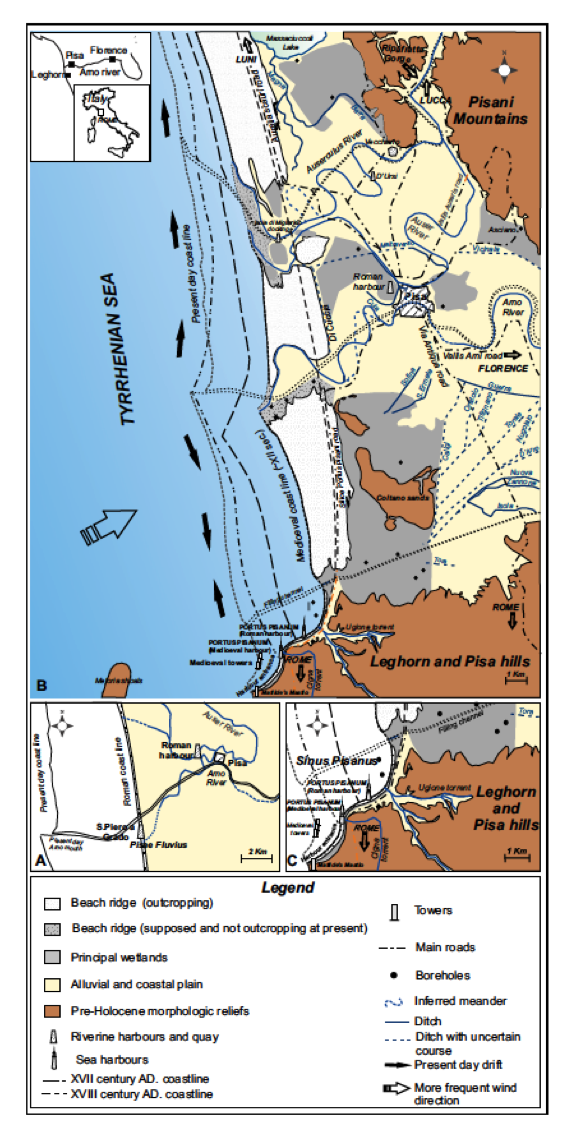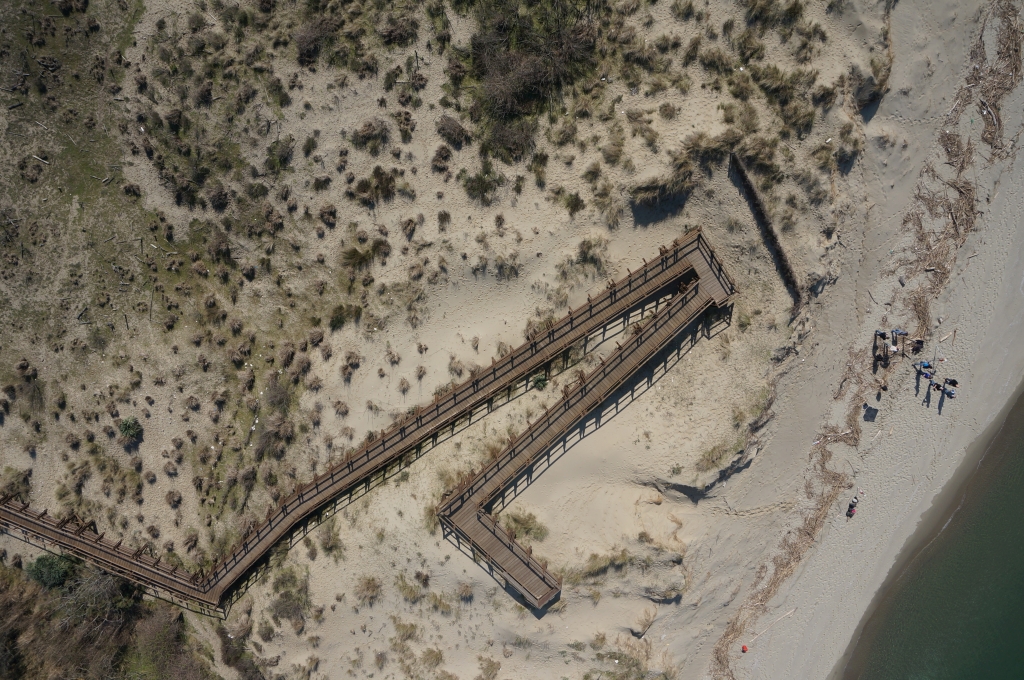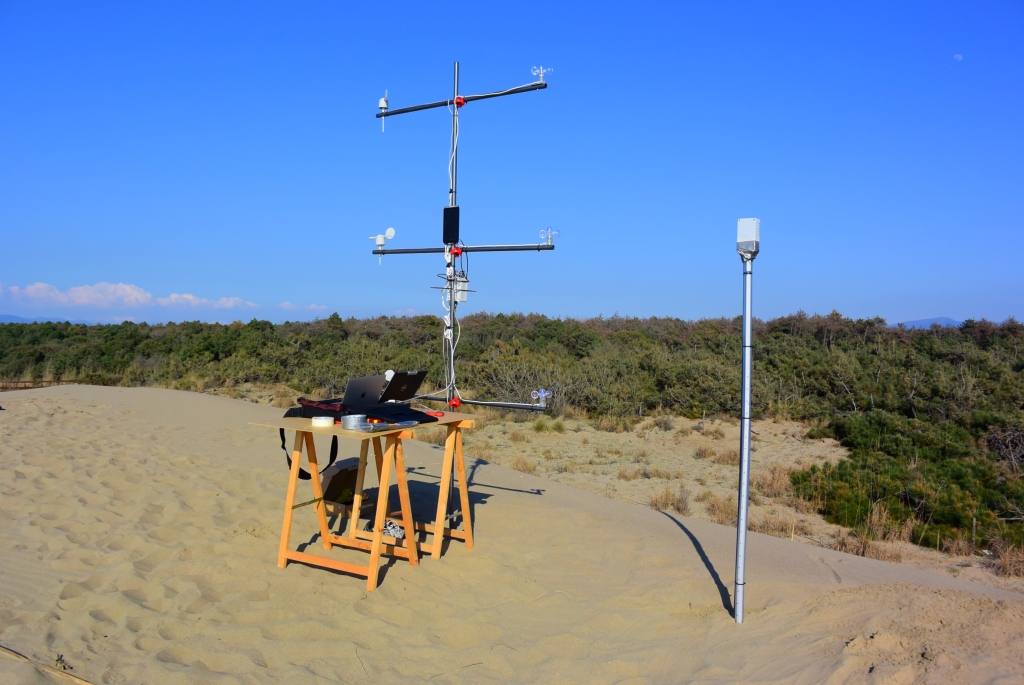An holistic approach to a wise management of Tuscany coast: a challenge to make conscious decisions along the land-sea interface.
The preservation of the coast is a major challenge that any municipality, whose economy revolves on beach resorts and/or port-related activities, is facing in the new millennium. In the past decades the coastal erosion issue was often addressed with the realization of hard protection structures (e.g. groynes and breakwaters) to counteract the erosion processes, sometimes without taking into full account the consequences on the adjacent sectors of the coast. Artificial replenishments were also frequently used to restore suffering beaches: even though they were deemed as a softer approach relative to groynes and breakwaters, beach fills were still intended to fix a local problem. Therefore, the concept that needs to permeate any layer, from the decision-makers to the stakeholders and finally to the scientists, is to start thinking of the coastal system at a larger scale, from the drainage basin to the sea along an imaginary cross-shore transect, and also in terms of physiographic unit along the coast. A wise and effective coastal management depends on a strong and influential governance that might be able to cross the administrative limits, thus allowing to consider the erosion issue in terms of littoral cells and no more locally. The first step is to welcome a paradigm shift: the evolution of the coastal environment is not just affected by the processes acting along the shoreline, but also on the drainage basin and along river courses. The transversal scale (the well-known “source-to-sink” approach) needs to be taken into full consideration because a paramount question still without clear answer is how much sediment is delivered by rivers to the coast; and as a consequence, how much of this sediment is further displaced offshore to a depth where no process is able to bring it back to the beach. READ MORE...
 plains where major urban and trade centres developed since protohistoric times. The construction of ports represents one of the human activities that have mostly contributed to modify coastal environments, inducing a variety of hydrodynamic and hydrochemical changes especially since Roman times (Marriner et al., 2014).
plains where major urban and trade centres developed since protohistoric times. The construction of ports represents one of the human activities that have mostly contributed to modify coastal environments, inducing a variety of hydrodynamic and hydrochemical changes especially since Roman times (Marriner et al., 2014).










